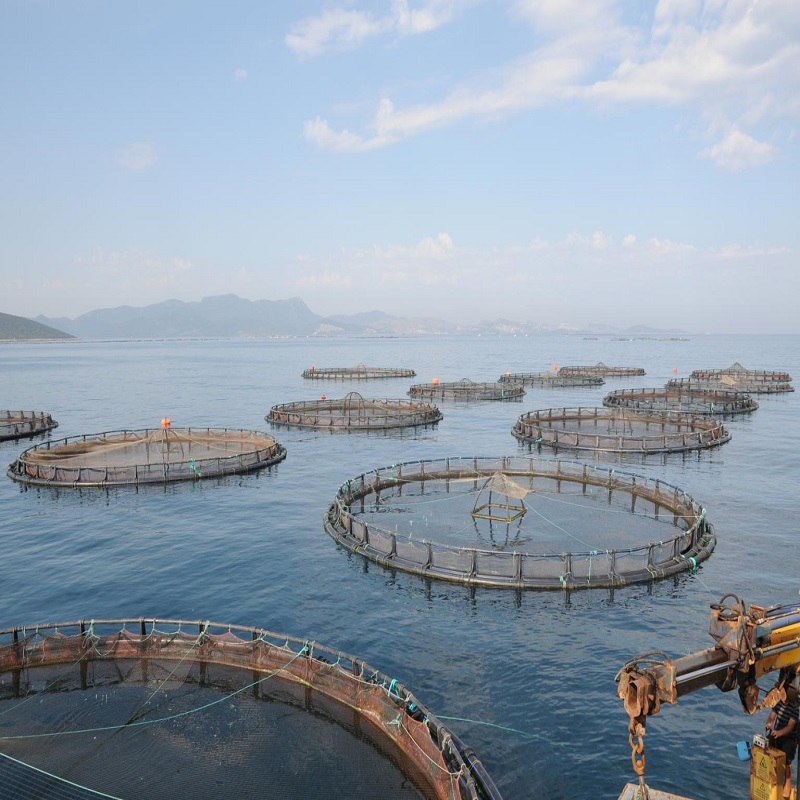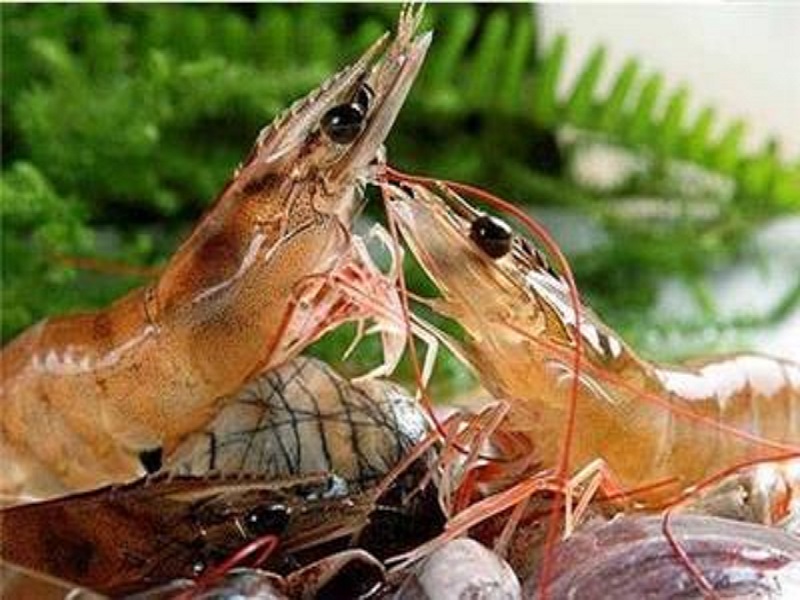Application of highly effective food attractant DMPT in aquatic feed
The main composition of DMPT is dimethyl - β - propionic acid timentin (dimethylprcpidthetin,DMPT).Researches show that DMPT is an osmotic regulatory substance in Marine plants, which is abundant in algae and halophytic higher plants,DMPT can promote the feeding, growth and stress resistance of various Marine and freshwater fishes and shrimp. Studies on fish behavior and electrophysiology have shown that compounds containing (CH2) 2S - moieties have a strong attractant effect on fish. DMPT is the strongest olfactory nerve stimulant. Adding low concentration OF DMPT into compound feed can improve the feed utilization rate of fish, shrimp and crustaceans, and DMPT can also improve the meat quality of aquaculture species. Using DMPT in freshwater culture can make freshwater fish present the flavor of seawater fish, thus improving the economic value of freshwater species, which can not be replaced by traditional attractants.
Product ingredient
DMPT (dimethyl - β - propionic acid thiamine) content ≥40% premix also contains synergistic agent, inert carrier, etc
Product functions and features
1, DMPT is a naturally occurring sulfur compound, is the fourth generation of aquatic food attractant. The inducing effect of DMPT was 1.25 times that of choline chloride, 2.56 times that of betaine, 1.42 times that of methionine and 1.56 times that of glutamine. DMPT was 2.5 times more effective in promoting growth than semi-natural diet without attractant.Glutamine is one of the best amino acid attractants, and DMPT is better than glutamine.The extract of squid viscera and earthworm can induce food, mainly because of its various amino acids. Scallops can also be used as food attractants, but their umami taste comes from DMPT. DMPT is the most effective food attractant at present.
2, significantly improve the peeling speed and rate of shrimp and crab, can effectively promote the growth of shrimp and crab, etc. Fight stress, promote adipose metabolism and improve the fleshiness of aquatic animal to wait for a respect, also all have outstanding effect.
3. DMPT is also a kind of shucking hormone. It has obvious effect on the shucking speed of shrimp, crab and other aquatic animals.
4, promote the aquatic animal feeding and feeding, improve the digestive ability of aquatic animals.
Lure aquatic animals to swim around the bait, stimulate the appetite of aquatic animals, improve feed intake, promote the feeding frequency of aquatic animals, improve the utilization rate of feed, promote digestion and absorption, and reduce the feed prime.
5, improve the palatability of feed
A large number of minerals and pharmaceutical ingredients are often added to the feed, which greatly reduces the import of the feed. DMPT can neutralize and cover up the bad odor in the feed, thus increasing the palatability of the feed and improving the feed intake.
6, is conducive to the utilization of cheap feed resources
The addition of DMPT can make aquatic animal feed better use of cheap miscellaneous meal protein, can make full use of low value feed resources, alleviate the shortage of protein feed such as fish meal, and can reduce the feed cost.
7, with liver protection function
DMPT has liver protection function, can not only improve the health of animals, reduce the viscera/body weight ratio, improve the edible aquatic animals.
8. Improve meat quality
DMPT can improve the meat quality of cultured products, make fresh water varieties present Marine flavor and increase economic value.
9. Improve the ability to resist stress and osmotic pressure:
It can improve the sports ability and anti-stress effect of aquatic animals (high temperature and hypoxia resistance), improve the adaptability and survival rate of young fish, and can be used as osmotic pressure buffer in vivo, improve the endurance of aquatic animals to osmotic pressure shock.
10, promoting growth; DMPT can induce feeding and promote growth of aquatic products
11. Reduce feed waste and maintain water environment
The addition of DMPT can greatly shorten the feeding time, reduce the loss of nutrients, and avoid the waste of feed and the deterioration of uningested feed caused by water quality decline.
It can promote the peeling of shrimp and crab, promote the growth of aquatic animals and improve the ability of resisting stress.
Mechanism of action
Aquatic animals have receptors that can interact with low molecular compounds containing (CH2) 2S group. The feeding behavior of aquatic animals is induced by the chemical stimulation of the dissolved substances (high strength food attractants) in the feed, and the sensing of food attractants is realized by the chemical receptors of fish and shrimp (smell and taste).Sense of smell: aquatic animals use the sense of smell to find the way to food is very strong.Aquatic animals smell can accept the stimulation of low concentration of chemical substances in water, have the ability to feel smell, can distinguish chemical substances and extremely sensitive, it can increase the contact area with the outside water environment to improve the sensitivity of smell.Taste: fish and shrimp taste buds throughout the body and outside, taste buds rely on a perfect structure to sense the stimulation of chemical substances.
The (CH2) 2S - group on DMPT molecule is the source of methyl groups for animal nutritional metabolism. Fish and shrimp fed with real DMPT taste similar to the taste of natural wild fish and shrimp, while DMT does not.
(Applicable) freshwater fish: carp, crucian carp, eel, eel, rainbow trout, tilapia, etc. Sea fish: large yellow croaker, sea bream, turbot, etc. Crustaceans: shrimp, crab, etc.
Usage and residue problems
Content of 40%
First dilute 5-8 times and then mix evenly with other feed materials
Freshwater fish: 500 -- 1000 g/t; Crustaceans: 1000 -- 1500 g/t
Content of 98%
Freshwater fish: 50 -- 150 g/t crustaceans: 200 -- 350 g/t
It can be used in spring, summer and autumn when water temperature is higher and hypoxia is mild. It performs well in low oxygen water and gathers fish for a long time.
(Usage and residue problems)
Post time: May-11-2022







